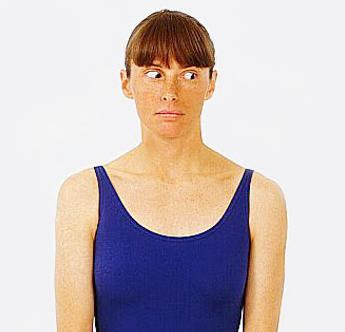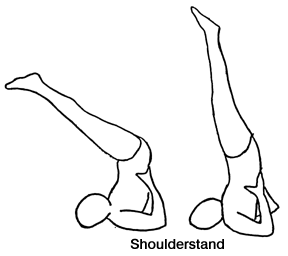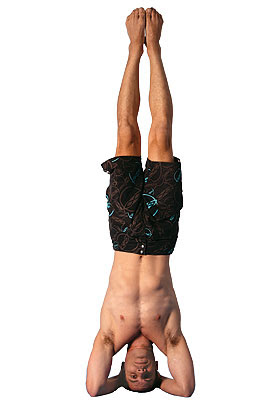
Photo by Daniel Yiek (Sarikei-Time-Capsule)

One important item that Foochow women must have at home is sugar. A small bottle will do. Not too much. Here are some interesting stories I know.
Cube Sugar Stories - I have a great love for cube sugar, which to me at one time, was the essence of good life. My school friends thought that by using cube sugar when we drank our tea would make us very "classy" like the English.
1960's -I am sure many of the Foochow ladies were also impressed by the fine sugar, all manufactured nicely by Prai Sugar, in cube form. Many families started buying them. And I had my first box of cube sugar, as a wonderful gift from my father. We did not want to put them in our tea for a long time. Finally, we had to use them. It was so thrilling!! I think we continued to use cube sugar for some time and later, the ecstasy of a new innovation dissipated. Using cube sugar did not make us more English than drinking English Breakfast Tea.
1970's - I was a new teacher in town when I heard this story which made me smile. When the Agong went to visit a Limbang longhouse in Sarawak for the first time, the Resident's Office had to send a special lady to buy cube sugar and the special sugar tongs in Brunei. This cube sugar was something very new to the Iban folks. For several years, the ladies in the longhouse and the surrounding communities used cube sugar for their tea and talked about the wonderful visit by the Agong.
The word sugar stems from the Sanskrit sharkara and scientifically sugar consists of a class of edible crystalline substances including sucrose, lactose, and fructose. Sugar is made from Sugar Beets or Sugar Cane. Human taste buds interpret its flavor as sweet. Sugar as a basic food carbohydrate primarily comes from sugar cane and from sugar beet, but also appears in fruit, honey, sorghum, sugar maple (in maple syrup), and in many other sources. It forms the main ingredient in much candy. "Excessive" consumption of sugar has been associated with increased incidences of type 2 diabetes, of obesity and of tooth decay.
Advertisement from Prai Sugar: Sugar is an important and versatile food ingredient. Apart from being a natural source of energy for our body, it is also widely used to increase the palatability of many different kinds of food and beverages. As a result of refining, sugar gains a number of important characteristics that improve its suitability as an ingredient in food preparation. These characteristics, which are important particularly to the commercial food manufacturer, include:
Provides sweetness without any undesirable after taste;
Acts as a natural preservative by inhibiting the growth of bacteria, yeast and mould in a wide range of products;
Acts as a tenderizer by absorbing water and inhibiting flour gluten development, as well as delaying starch gelatinization;
Delays the coagulation of protein, contributing to the smooth texture of products such as baked custard;
Gives body to foods, contributing to the bulk of most cakes and confectionery;
Acts as a food for yeast in bread-making by accelerating the fermentation of yeast to raise and lighten the dough;
Stabilises egg white foams in meringue and sponge-making.
My Nipah Sugar StoryOne of my older cousins had a special story to tell about nipah sugar, in the days when white refined sugar was not available, nipah sugar was used.
Almost all the Foochow food was sweetened by nipah sugar and she told us not to hold our nose high and sneeze at this humble ,wonderful, homemade sugar. Most of the Foochow women then knew how to process the raw liquid to make sugar.
During the Japanese Occupation, according to her, an uncle had a terrible wound inflicted by a parang on his thigh and there was no antiseptic available. So a few of the village women, mostly illiterate,out of desperation, just took a bowl of nipah sugar and nipah salt and tied the gluey mass on the wound with a piece of red cotton cloth.They actually did not know what else to do!! And they actually waited for this uncle to die!! Some how , by a miraculous act of God, the wound was healed within a few days. And the poor man was able to walk. He did not die of gangrene in the end!! He did however break into a terrible fever. To this day, my cousin has no idea how he was cured. (But I have checked a few sources and found that indeed sugar can help heal wounds to a certain degree.)
(I also remember that when I was a child many wounds were healed by using Condensed milk.)
And finally, as sugar is such a wonderful thing in our life, many songs have been written about it.
Here are a few words from the lyrics of love songs of the 60's to end my posting.....
Sugar is sweet my love, but not as sweet as you.......was one of my favourite lullaby for my children.
from PoemHunter.com SUGAR SONGS & LYRICS
Sugar Mama
Sugar mama, sugar mama, sugar mama,
Where you been?
Sugar mama, sugar mama, sugar mama,
Where you been?
Sugar mama!
Led Zeppelin
2
Sugar
Don’t say morning’s come
Don’t say it’s up to me
If I could take twenty five minutes
Out of the record books
Sugar, he brings me sugar
.........
Tori Amos
3
Sugar Sugar Sugar
Sugar Sugar Sugar
That man is bad
The road he drives you down
O sugar its a drag
That road it twists
That road is crossed
Its down that road
A lot of little girls go lost
Cave Nick
4
Sugar Sweet
I've seen you
all skin and bone
eyes grey as stone
heart good as gold
you think nothing cold
Nitzer Ebb
5
Sugar Me
One for you and one for me
But one and one and one
Pardon me
Comes to three.
looking sweet and all the while
Hid behind the smile was saccharine.
I'm the go between
Linsey De Paul
6
Sugar
I’m yours
And you are here
Don’t you
Really want to feel
That my love is turning on
And it feels so real
So tell me what’s the deal yeah
Lenny Kravitz
7
Sugar Sugar
Sugar, ahh,
Honey, honey.
You are my candy girl,
And you got me wanting you.
Honey, ahh,
Sugar, sugar.
You are my candy girl,
And you got me wanting you.
Aaron Carter
8
Sugar, Sugar
Sugar, ahh,
Honey, honey.
You are my candy girl,
And you got me wanting you.
Honey, ahh,
Archies
May you have the sweetest of the days ahead of you!!!!






.jpg)

.jpg)




 The Shoulder Stand (Sarvangasana)
The Shoulder Stand (Sarvangasana)

.jpg)
















































